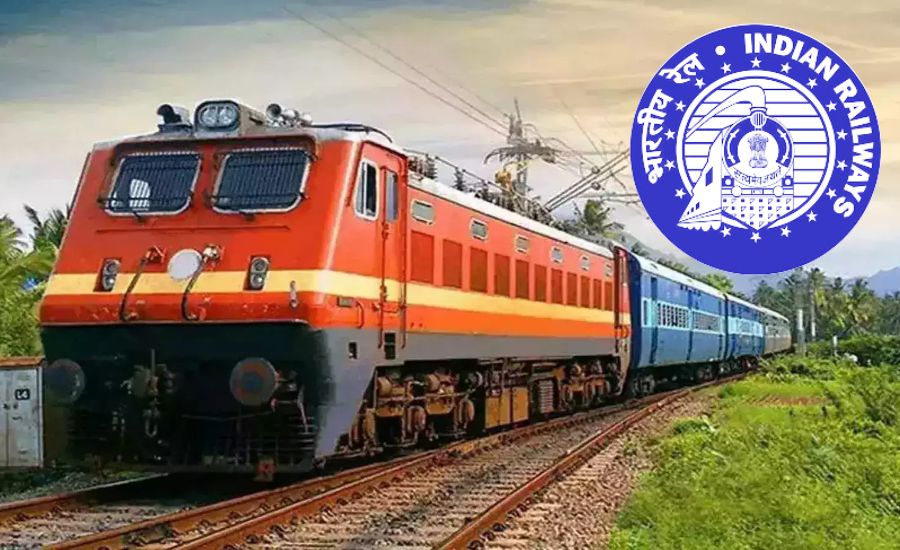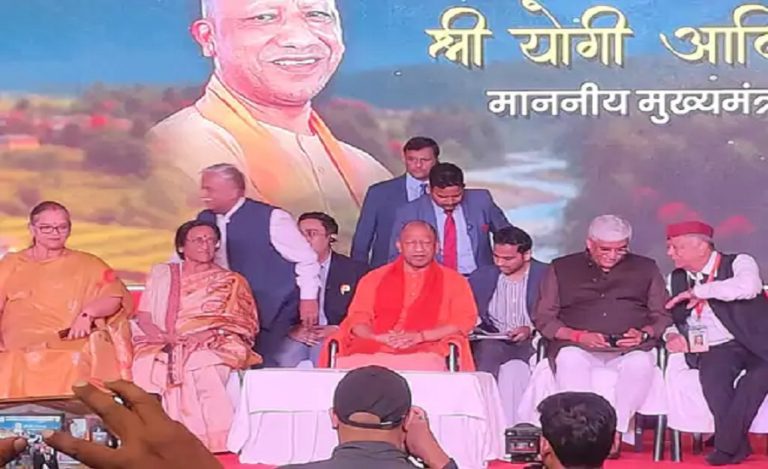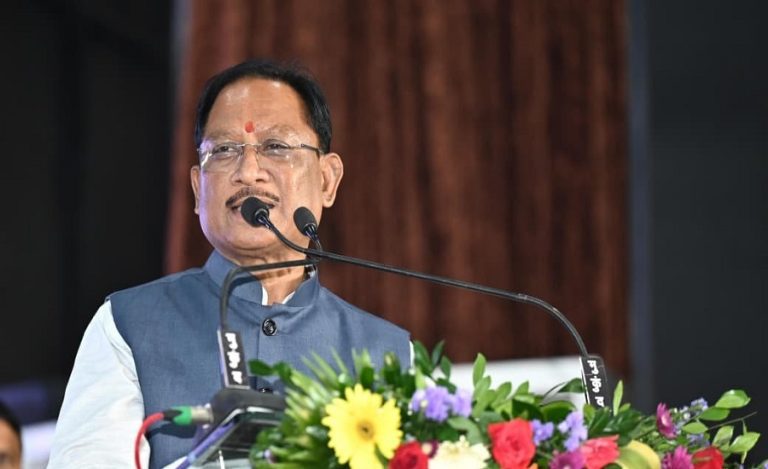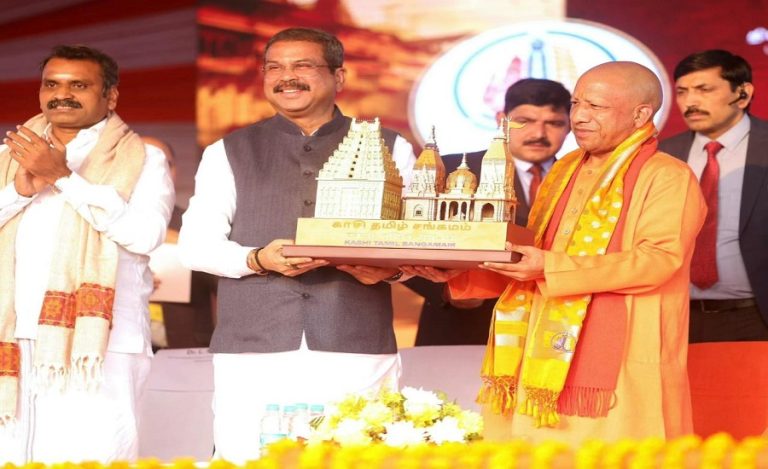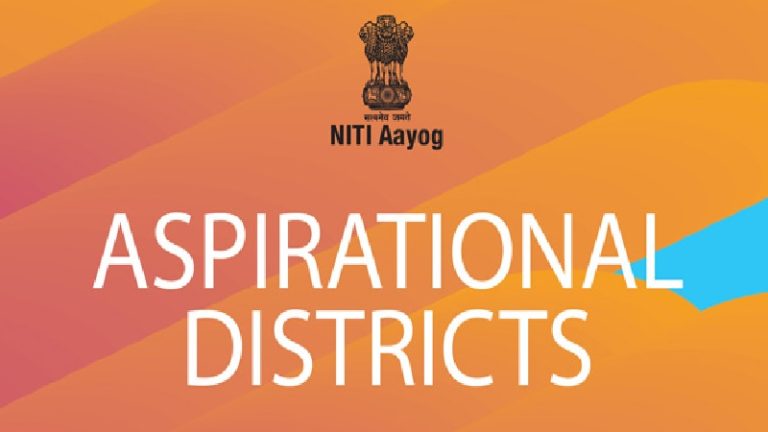Raipur: In a landmark step toward unlocking economic and social development in some of India’s most isolated and conflict-affected areas, the final location survey (FLS) for the Kothagudem–Kirandul railway line is now entering its final phase. The 160.33 km-long proposed rail corridor—spanning the Naxal-affected districts of Sukma, Dantewada, and Bijapur in Chhattisgarh—is being seen as a game-changer for the Bastar division, long denied access to mainstream connectivity.
Cutting-Edge Survey with National Significance
The survey is being carried out using LiDAR (Light Detection and Ranging) technology, which provides highly accurate topographical mapping, critical for infrastructure in difficult terrain. Of the total 160.33 km stretch, 138.51 km will traverse regions affected by left-wing extremism, making this both a strategic and developmental project.
The railway line is being monitored closely by the Ministry of Home Affairs, recognizing its importance in improving internal security and bringing inclusive growth to long-marginalized tribal regions.
A Strategic Push from Chhattisgarh’s Leadership
The Ministry of Railways has acknowledged the pivotal role played by Chief Minister Vishnu Deo Sai and the Government of Chhattisgarh, whose proactive support has expedited the ground survey process and enabled seamless inter-departmental coordination.
This collaboration is being lauded as a successful model of Centre-State synergy, critical for projects in sensitive and high-impact zones.
Why This Line Matters
- Enhanced security: Easier access for security forces in vulnerable districts
- Socio-economic upliftment: Boost to trade, employment, education, and healthcare
- Inclusion: Better integration of tribal communities into the national mainstream
- Connectivity: First-ever direct rail link through several remote Bastar districts
Officials believe that once complete, this corridor will redefine accessibility in the Bastar region, bringing safety, stability, and economic opportunity to a population that has long lived on the fringes of development.

